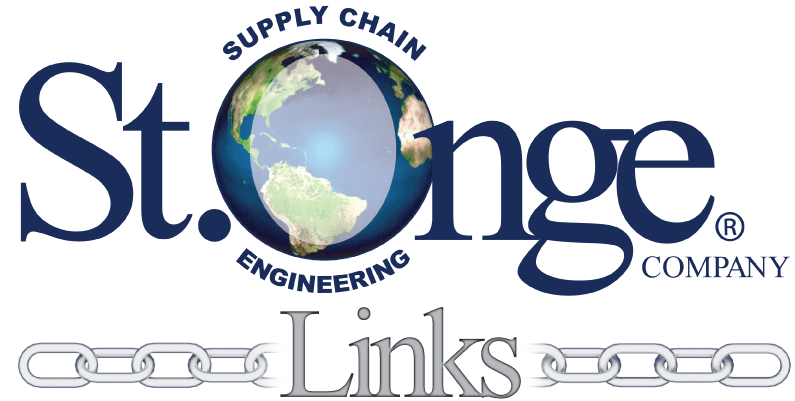 Strengthening your supply chain one link at a time.
Strengthening your supply chain one link at a time.
What happens when tariff exposure reshapes the economics of your network?
New tariffs just reignited an old challenge: how to keep global supply chains competitive under pressure. Whether it is nearshoring, reshoring, onshoring, friendshoring, or restructuring the flow of goods, the stakes are high for companies that rely on global inputs to serve U.S. demand.
We had a small taste of this before. During a previous wave of trade policy changes, I was deeply involved as a global manufacturer restructured its sourcing footprint, relocating production, updating inventory strategies, and adjusting operations to maintain its position as a market leader. These were not theoretical exercises. They were real-time, cross-border decisions shaped by cost, capability, and compliance that delivered impact to the bottom line.
Today, companies are once again evaluating how and where they produce to build compliant, resilient, and cost-effective supply chains.
Supply Chain Strategic Redesign
This type of strategic redesign involves more than just shifting where goods are made. It requires understanding how goods are classified and when a product’s origin, for customs purposes, can change. Two concepts come up often in this process: substantial transformation, which determines country of origin, and temporary import mechanisms like the TIB, which allow companies to legally move tools and equipment across borders for validation or sampling without incurring full import duties.
Substantial Transformation: Resetting Country of Origin
Substantial transformation is a way to reduce tariff exposure when importing finished goods into the U.S. by resetting the country of origin (COO). Under U.S. Customs and Border Protection (CBP) rules, “substantial transformation”[1] occurs when a product undergoes a process that results in a new and different article of commerce, with a distinct name, character, or use. When this happens, the country where the transformation occurs becomes the country of origin for tariff purposes.
For companies assembling globally sourced components, it can be the difference between paying a double-digit percentage duty or qualifying for duty-free entry under trade agreements like United States-Mexico-Canada Agreement (USMCA).
What Qualifies as Substantial?
Key CBP Considerations:
| Criteria | Description | Example |
| Complexity of Assembly | Multi-step, labor- or skill-intensive processes are more likely to qualify. Simple screwing or packaging usually does not qualify. | Welding, molding, fitting, skilled labor, or electrical integration. |
| Functional Change (Change in Use) | Parts must be integrated into a product with new functionality. | A plastic handle added to a kit may not qualify. But if it becomes part of a functioning appliance, it likely does. |
| New Identity (Change in Name, Character, or Use) | The product must become a new article of commerce with a distinct identity. | Assembling plastic housings and electronics into a consumer device or turning loose parts into a ready-to-use vacuum cleaner. |
Substantial transformation is a well-defined legal standard that shapes how tariff policy is applied, but it only applies after goods and tools reach their point of transformation. That is where import mechanisms like the Temporary Importation Bond (TIB) come into play, especially when quality validation and pre-production testing occur in the U.S.
Temporary Importation Bond (TIB): For Validation and QA
TIBs are governed under HTSUS Subheading 9813.00.05–9813.00.75. It allows duty-free entry of certain items into the U.S. for a limited period (usually one year) as long as they are not intended for sale or consumption in the U.S. Proof of export must be maintained to cancel the bond. Failing to export the tool or keep documentation could mean paying full duties.
Suppliers achieve cost and quality of both the tooling and the resulting components produced from that tooling by utilizing TIB.
Once a tool completes its quality validation in the U.S., it must be exported to fulfill the terms of the TIB. From there, it enters the production phase abroad where its real value begins, enabling the manufacture of products that qualify for a new country of origin.
In Part 2 next week – A simplified, real-world scenario and a glossary of key terms for greater clarity.
[1] Substantial Transformation, RVC, and Tariff Shift are defined by CBP in public rulings or guidance (e.g., the CBP Informed Compliance Publications or rulings database).
—Bob Swidarski, St. Onge Company